


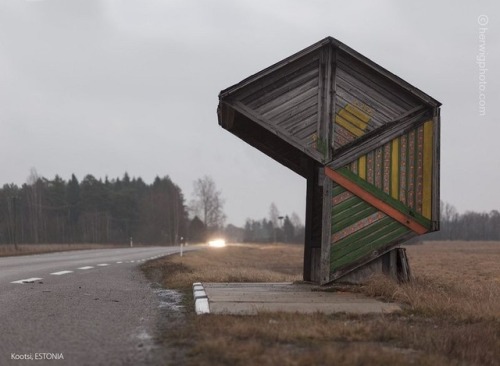

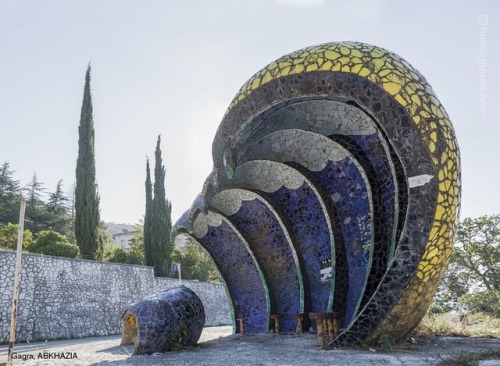
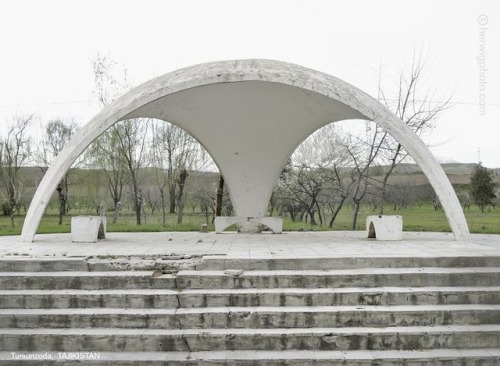
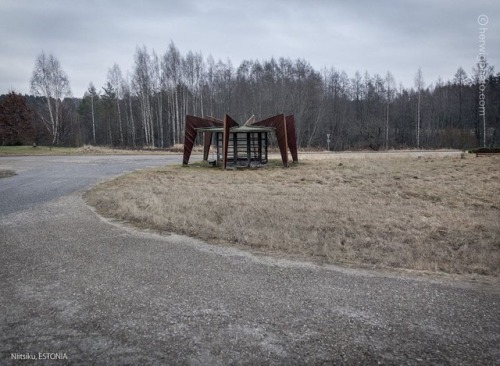
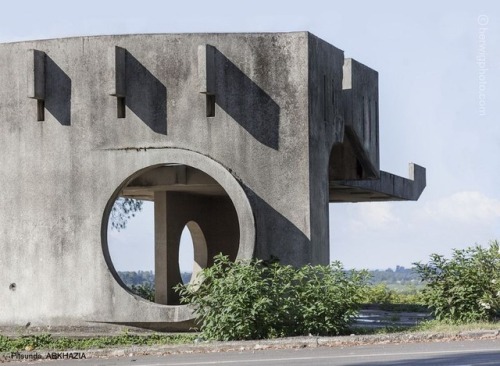
Canadian photographer Christopher Herwig has traveled the vast expanse of the former Soviet Union, documenting a phenomenon – the strange and wonderful architecture of Soviet Union bus stops.

Visit –> www.apa.org/science/about/psa/2011/05/facial-expressions.aspx to learn about research into reading facial expressions of emotion.
(Fab cartoon via mrlovenstein.com)
A survey of cube-shaped dice dating back to the Roman era finds that they were not designed to have an equal chance of landing on different numbers until the Renaissance, according to researchers from UC Davis and the American Museum of Natural History. Roman-era dice, the researchers found, were a mess when it came to shape. They were made from a variety of materials, such as metal, bone and clay, and no two were shaped entirely alike. Many were visibly lumpy and lopsided, with the 1 and 6 on opposite sides that were more likely to roll up.
In the Dark Ages after the fall of the Western Roman Empire, between 400 CE and 1100 CE, dice seem to have grown rare. Relatively few have been found from this period. Dice reemerged in the Middle Ages, and at that point were a little more regular in shape. But they still weren’t fair – anyone playing dice would have had slightly higher chances of getting certain numbers, depending on uneven the dice were made.
The researchers suggest that the popularization of “scientific” thinking may have helped dice rolls become near-chance during the Renaissance. “People like Galileo and Blaise Pascal were developing ideas about chance and probability, and we know from written records in some cases they were actually consulting with gamblers,” Jelmer Eerkens of UC Davis said. “We think users of dice also adopted new ideas about fairness, and chance or probability in games.”

VISIT –> www.all-about-psychology.com/child-psychology.html for quality child psychology information and resources.